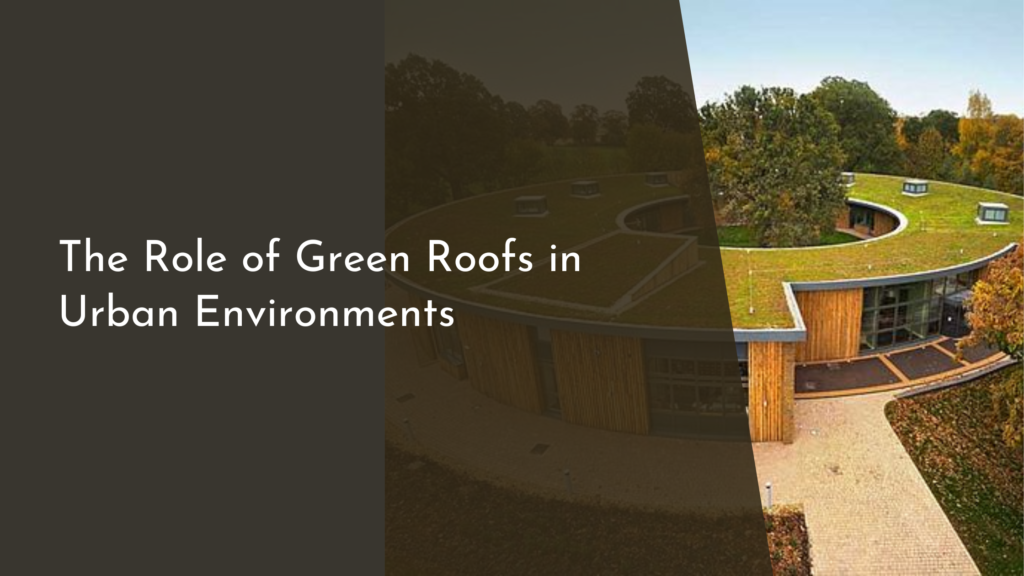Agroforestry for Wildlife Corridor Agro-Eco-Landscapes
Agroforestry, the practice of integrating trees and shrubs into agricultural landscapes, is gaining traction as an effective strategy for enhancing biodiversity and creating wildlife corridors. These corridors are essential for species movement, genetic exchange, and maintaining healthy ecosystems. By cultivating agroforestry systems, we can harmonize human land use with ecological needs, paving the way for vibrant and sustainable agro-eco-landscapes. This article explores the myriad benefits of agroforestry for wildlife, discusses how we can create these biodiverse landscapes, highlights sustainable practices, and encourages everyone to support wildlife corridors.
Discovering the Benefits of Agroforestry for Wildlife
Agroforestry provides multiple benefits for wildlife by creating diverse habitats that support various species. When trees and shrubs are incorporated into farming systems, they offer food, shelter, and nesting sites for birds, insects, and mammals. These habitats can serve as critical stopover points for migratory species and improve the overall resilience of ecosystems against climate change and habitat loss. Moreover, healthier ecosystems enhance agricultural productivity by improving soil fertility and controlling pests naturally, resulting in a win-win scenario for both farmers and wildlife.
Additionally, agroforestry systems can reconnect fragmented habitats, allowing wildlife to traverse landscapes more freely. By establishing wildlife corridors through agroforestry practices, farmers can play an active role in conserving biodiversity. These corridors facilitate gene flow among wildlife populations, thus promoting genetic diversity and resilience. As species adapt to changing environments, agroforestry can ensure that they have the necessary pathways to thrive, ultimately supporting healthier ecosystems that are beneficial for both nature and agriculture.
Creating Vibrant Agro-Eco-Landscapes for Nature
Creating vibrant agro-eco-landscapes involves strategic planning and design to maximize ecological value while maintaining agricultural productivity. By integrating native plant species and maintaining a diversity of tree and shrub layers, farmers can create rich habitats that mimic natural ecosystems. These layers not only provide various niches for wildlife but also increase the resilience of the agricultural landscape to pests and diseases. Crop rotation and intercropping with perennial species further enhance these systems, promoting both soil health and ecological richness.
Moreover, agro-eco-landscapes can play a critical role in carbon sequestration, aiding in the fight against climate change. Trees capture carbon dioxide from the atmosphere, providing an important ecological service while enhancing agricultural productivity through improved microclimates and soil quality. By investing in agroforestry, we can cultivate a landscape that is not only productive but also a sanctuary for wildlife, ultimately leading to a more sustainable future for both farmers and nature alike.
Sustainable Practices: Enhancing Biodiversity Together
Sustainable agricultural practices are crucial for enhancing biodiversity within agroforestry systems. Techniques such as organic farming, cover cropping, and reduced tillage can support healthy ecosystems while producing nutritious food. By minimizing chemical inputs and promoting natural pest control, farmers can foster a balanced environment that supports pollinators and other beneficial organisms. These practices can also mitigate soil erosion and water pollution, further benefiting wildlife habitats and promoting a healthy agro-eco-landscape.
Collaboration among farmers, conservationists, and policymakers is essential to ensure the long-term success of agroforestry initiatives. By sharing knowledge and resources, stakeholders can develop innovative approaches to land management that prioritize wildlife conservation alongside agricultural productivity. This collective effort not only enhances biodiversity but also creates a sense of community and stewardship for the land, encouraging a culture of sustainability that recognizes the interconnectedness of all living beings.
Join the Movement: Supporting Wildlife Corridors Today!
As we recognize the importance of agroforestry for wildlife and the creation of wildlife corridors, it’s time to take action! Individuals, communities, and organizations can play a vital role in supporting these initiatives. Whether through volunteer efforts, educational outreach, or advocating for policies that promote agroforestry practices, each action contributes to a larger movement aimed at conserving biodiversity. By raising awareness and fostering discussions about the importance of wildlife corridors, we can inspire others to join the cause and make a meaningful difference.
Moreover, consumers can support agroforestry by choosing sustainably sourced products that promote biodiversity. By selecting food from farms that practice agroforestry, we contribute to a market that values ecological health and wildlife conservation. Together, we can create a future where agricultural landscapes thrive alongside vibrant ecosystems, ensuring a harmonious balance between human needs and the natural world. Let’s work together to protect our planet and nurture the wildlife that enriches our lives!
Agroforestry presents a unique opportunity to bridge the gap between agriculture and wildlife conservation. By integrating trees and shrubs into our farming landscapes, we can create vibrant ecosystems that benefit both nature and agricultural productivity. As we embark on this journey, it’s crucial to embrace sustainable practices, collaborate with others, and actively support wildlife corridors. With each step we take, we contribute to a flourishing environment for wildlife and a sustainable future for generations to come. Let’s celebrate the beauty of agroforestry and commit to preserving the incredible biodiversity our planet has to offer!

